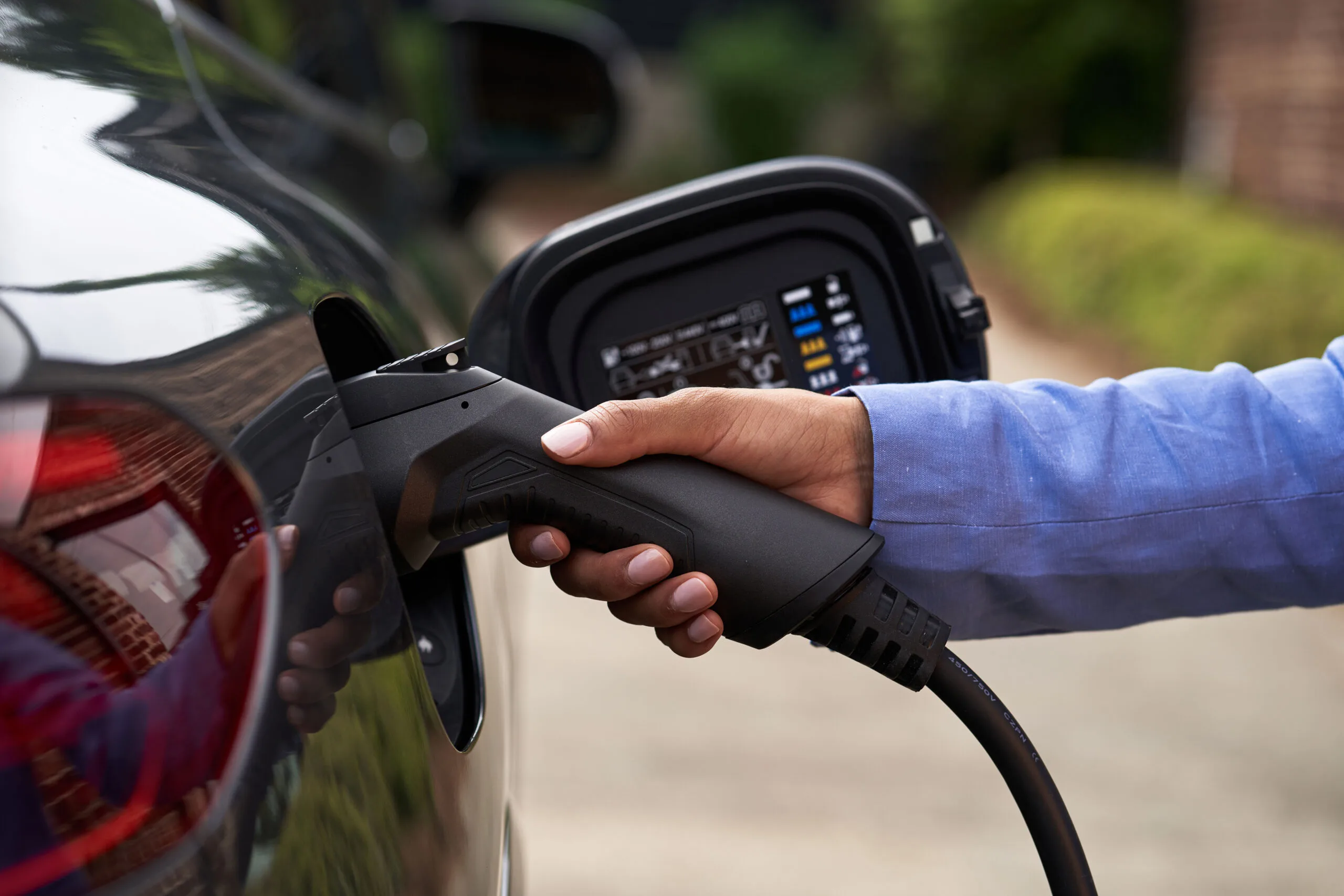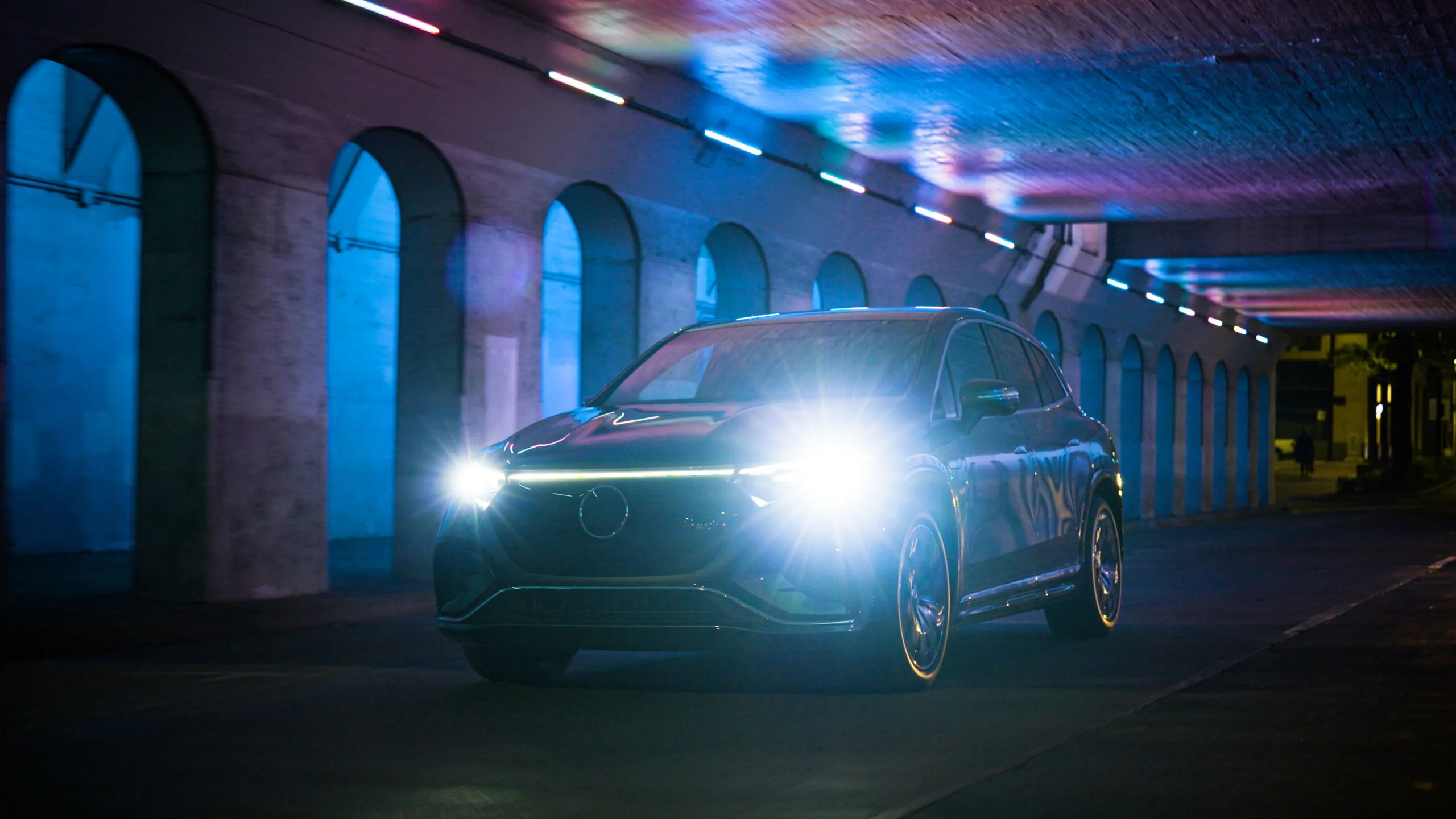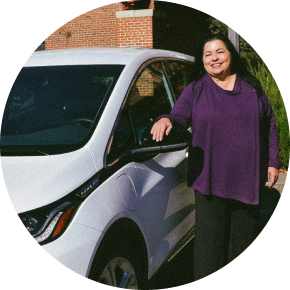Plug In And Save Big
You’ve probably heard that you can save up to $1000 in fueling costs per year by switching to an EV, but your old gas budget isn’t the only place you’ll save money. Studies show that the average EV driver also saves on maintenance costs over the life of their vehicle. And there’s less sticker shock — purchase prices of EVs versus their gas-powered equivalents are more comparable than ever.

Cut maintenance costs in half
Studies make one thing clear: Owning an EV means major savings on maintenance costs, with the average EV driver saving anywhere from $6,000-$10,000 over the life of the vehicle. In 2020, Consumer Reports found that electric vehicles cost 50% less on average to maintain than gas-powered vehicles. Even better, your savings are only going to increase as more EV models hit the market and battery costs go down. Plus, EVs hold their resale value as well as or better than internal combustion engine vehicles.

Go Farther On One Charge
Worried an EV can’t get you where you need to go? Forget about range anxiety — median electric vehicle range has increased fourfold since 2011, and it’s still growing as battery efficiency improves. In 2020, the average median range of all EV models was more than 250 miles on one charge. That translates to a whole week of commuting for most people.

Have A Safe Trip
Electric vehicles must undergo the same extensive safety testing as combustion engine vehicles. Plus, EVs have to meet the rigorous standards of the Society of Automotive Engineers, the National Electric Vehicle Infrastructure Working Council, and others. In 2021, several models of fully electric vehicles won top safety awards from the Insurance Institute for Highway Safety, and data continues to show less frequent injury claims for battery-powered vehicles.

Haul more
Many people hear “electric” and think “not powerful,” but in fact, the opposite is true. Whether you’re towing a trailer to the lake, carrying the whole family’s camping gear to Talladega, or riding with a truck bed full of equipment and tools, there’s an EV model that was built to do the work and do it right. And since there’s no bulky engine under the hood, you can bring even more stuff with you in the front trunk.

Get up to speed
You won’t have to miss out on that vroom-vroom feeling when you switch to an EV. Electric vehicles have more giddy-up than you think. EVs generate instant torque, meaning you get faster and more efficient acceleration from a dead stop than in an equivalent gas-powered vehicle.

Be more efficient
Do you know how much energy from gasoline is lost to heat instead of being used to power the vehicle? While typical ICE vehicles only convert 12-30% of the energy from gasoline into power, all-electric vehicles convert about 77% of energy from the grid to power at the wheels, according to the EPA. The electric motor itself is 85-90% efficient, meaning it takes that percentage of the electrical energy provided and converts it into functional work.

BATTERY LONGEVITY
The battery is just one way that EVs are mechanically less complicated than standard gas-powered vehicles. EVs are powered by a lithium-ion battery (the same kind of battery that powers your cell phone, but a scaled-up version), and charging the EV’s battery is as easy as charging your portable electronics devices. It’s designed to last for the lifetime of the vehicle, so you don’t need to worry about battery longevity or high maintenance costs.

Infrastructure Plan
An outline of the current infrastructure plan, including available funds and order of prioritization, is available through ADECA. This comprehensive statewide plan is updated yearly.













